A weather system originating in Siberia is predicted to cause a major drop in temperatures across the entire country.
The season’s first Arctic outbreak is on track to move through the US during Thanksgiving, delivering freezing conditions and possibly some snow.
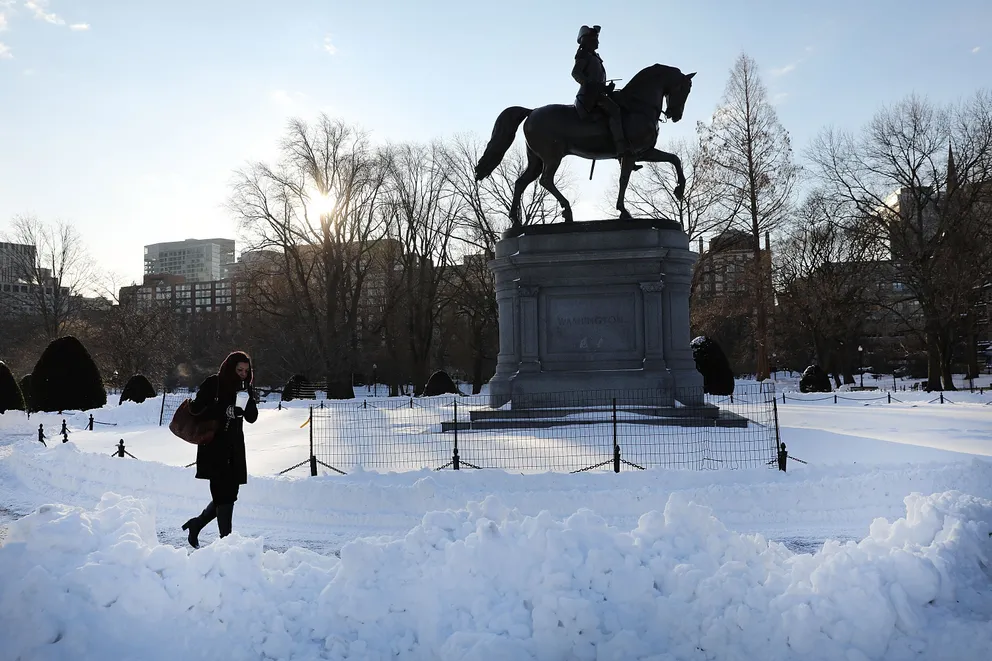
An Arctic air blast originating from Siberia is set to bring the first significant cold wave of the season during the final week of November 2024. Weather Track US posted on X, noting that the incoming Arctic air mass is expected to drive temperatures down by as much as 25°F below the seasonal norm in certain regions.
A large portion of the continental US will experience temperatures dropping at least 10°F below average, promising a notably colder Thanksgiving holiday.
We’re in for a very significant blast of Arctic/Siberian air later this week and into early December.
This airmass will drop temps up to 25°F below average in some areas, but most of the CONUS will be at least 10°F below average.
Snow will be possible for parts of the Great… pic.twitter.com/QUMBDEiJ4u
— Weather Track US (@weathertrackus) November 26, 2024
While cold temperatures are predicted to reach southern regions, such as the Gulf Coast and portions of the Southwest, regions near the Great Lakes and the Northeast should brace for snowfall.
As stated on X, “Dangerous wind chills across the Upper Midwest and heavy snows downwind of the Great Lakes will accompany this wintry blast.” The National Weather Services affirmed these information.
The first arctic outbreak of the season is set to move through the eastern U.S. this week bringing a chilly holiday weekend for many. Dangerous wind chills across the Upper Midwest and heavy snows downwind of the Great Lakes will accompany this wintry blast. pic.twitter.com/Q9ma6e057O
— National Weather Service (@NWS) November 27, 2024
Outbreaks in the Arctic can have serious and far-reaching effects. Unprotected pipes may freeze and rupture due to these extreme cold air masses, resulting in expensive water damage. Large fish kills frequently occur in shallow estuaries as a result of the abrupt temperature change.
Significant losses can occur in agriculture, especially for seasonal crops like strawberries, citrus trees, and tropical plants.
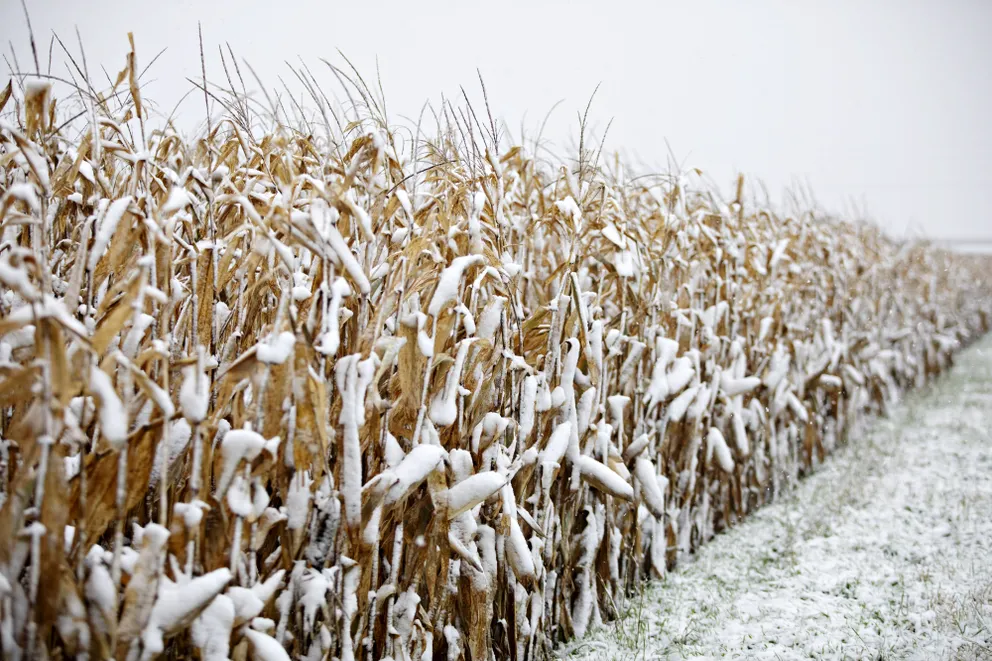
Furthermore, structural fires may result from the incorrect usage of heating equipment during these cold spells. There is also a significant risk of carbon monoxide poisoning from fuel-based heaters with inadequate ventilation.
In addition, Arctic outbreaks can have an economic impact comparable to a Category One hurricane in regions such as the Gulf Coast, impacting ecosystems, livelihoods, and infrastructure.
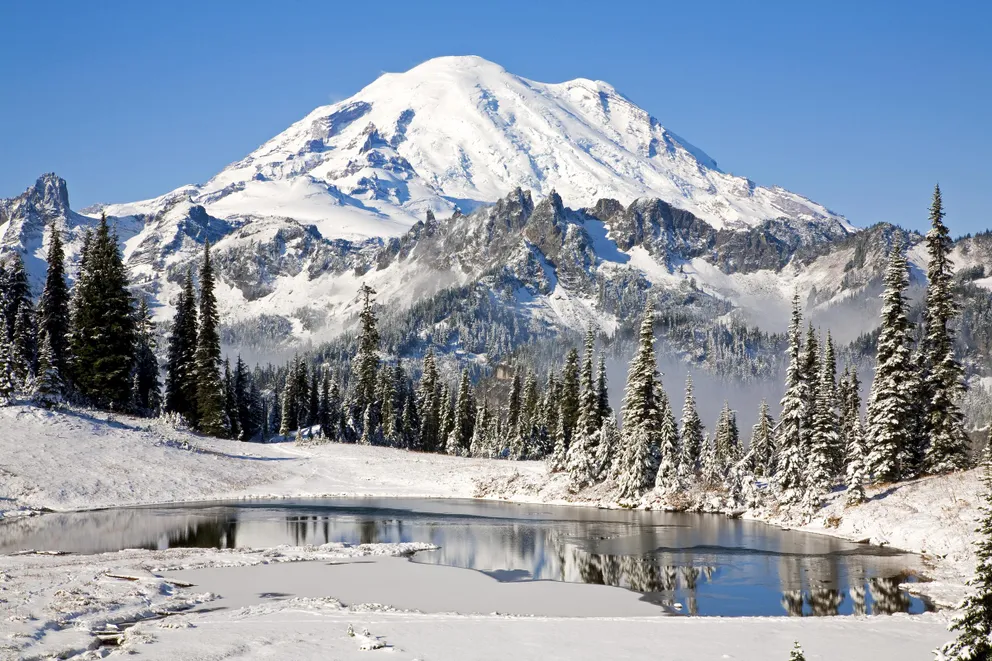
As a result, during the Arctic outbreak, which is anticipated to continue until Monday, December 2, 2024, the National Weather Service Southern Region recommended having many ways to get weather notifications.
To make sure everyone is aware of any potential weather hazards, they also recommended bringing a NOAA weather radio with Thanksgiving preparations.
Speaking of Thanksgiving, the coldest air of the season so far is set to advance across the Plains and Midwest beginning tomorrow. Aside from bitterly cold wind chills, this Arctic outbreak will also lead to heavy lake-effect snowfall through Monday. pic.twitter.com/Y5AZdW027D
— NWS Weather Prediction Center (@NWSWPC) November 27, 2024
Nonetheless, Thanksgiving Day is already predicted to be rainy throughout the majority of the East. While the Southeast considers the possibility of severe thunderstorms, the Northeast and New England may experience snowfall.
Travel may be impacted by snowfall in several areas of the Central United States on November 29 and 30. In certain parts of the Central and Southern United States, the Arctic cold break may also have an impact on travel after Thanksgiving. Travel following Thanksgiving may potentially be impacted by the severe lake effect snow downwind of the Great Lakes.
🦃 The latest Turkey Day forecast is fresh out of the oven! Stay weather aware and visit https://t.co/pGx1JRZLBI (and put in your zip code) for the forecast for your specific location. pic.twitter.com/6Bu64CcbiU
— NWS Weather Prediction Center (@NWSWPC) November 27, 2024
According to a shared map, 10 states—including Louisiana, Mississippi, Alabama, Florida, Georgia, South Carolina, North Carolina, Tennessee, Kentucky, and Virginia—will see unusually cold temperatures, with freezing lows, snow, and mixed precipitation, between November 27 and December 1.
The graphic also indicates that Missouri will be subject to dangerously low temperatures between November 30 and December 4. Detroit will have a lot of snow on the same dates when Houston will freeze and frost.
Isolated to scattered strong to severe storms are expected today into Thanksgiving! Make sure to have multiple ways to receive warnings. Maybe bring along a NOAA weather radio along with that pie for Thanksgiving to keep everyone informed! ⛈️🦃 pic.twitter.com/Kf2nWvtm8C
— NWS Southern Region (@NWSSouthern) November 27, 2024
Drivers are encouraged to factor in additional travel time and use caution as weather and traffic conditions may change suddenly, as rainy, cold, and snowy conditions are predicted for some of the busiest travel days of the year. This is particularly important in the ten states that were mentioned.
Rain and locally thick fog are predicted to provide wet roads and poor visibility in these states, increasing the likelihood of delays and collisions. Increased holiday traffic further exacerbates the issue, thus being cautious and organized is crucial for safe travel.
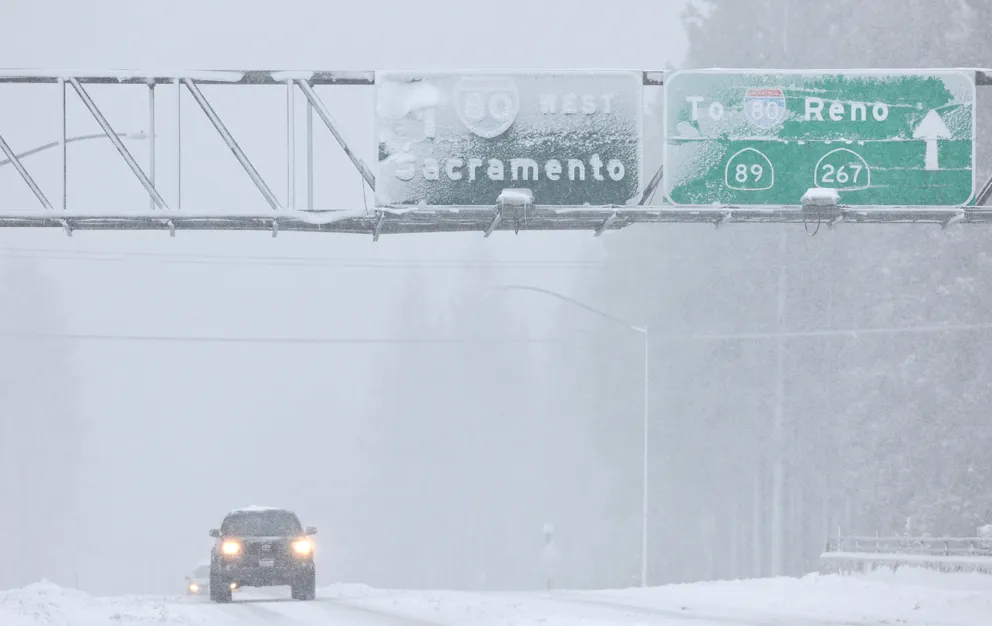
“Thanksgiving is the busiest holiday for travel, and we’re expecting to set new records across the board, from driving to flying and cruising,” stated Stacey Barber, the vice president of the American Automobile Association (AAA).
According to AAA, during the Thanksgiving holiday, 79.9 million people will travel 50 miles or more from their homes.
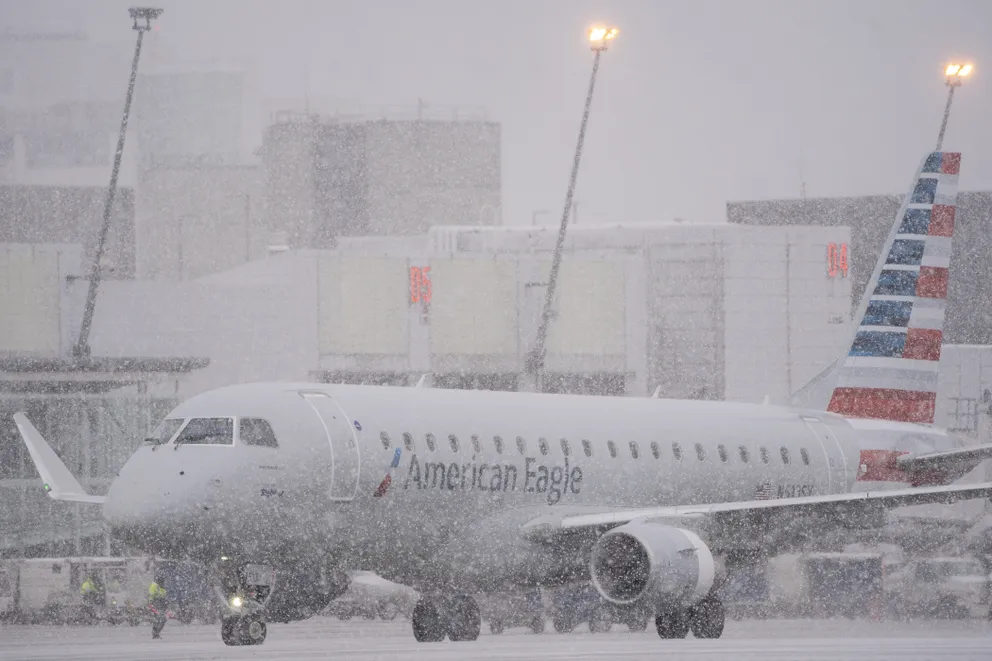
Considering these risks, it’s crucial to be on guard and enjoy Thanksgiving in moderation to protect everyone, whether you’re traveling or remaining home.

